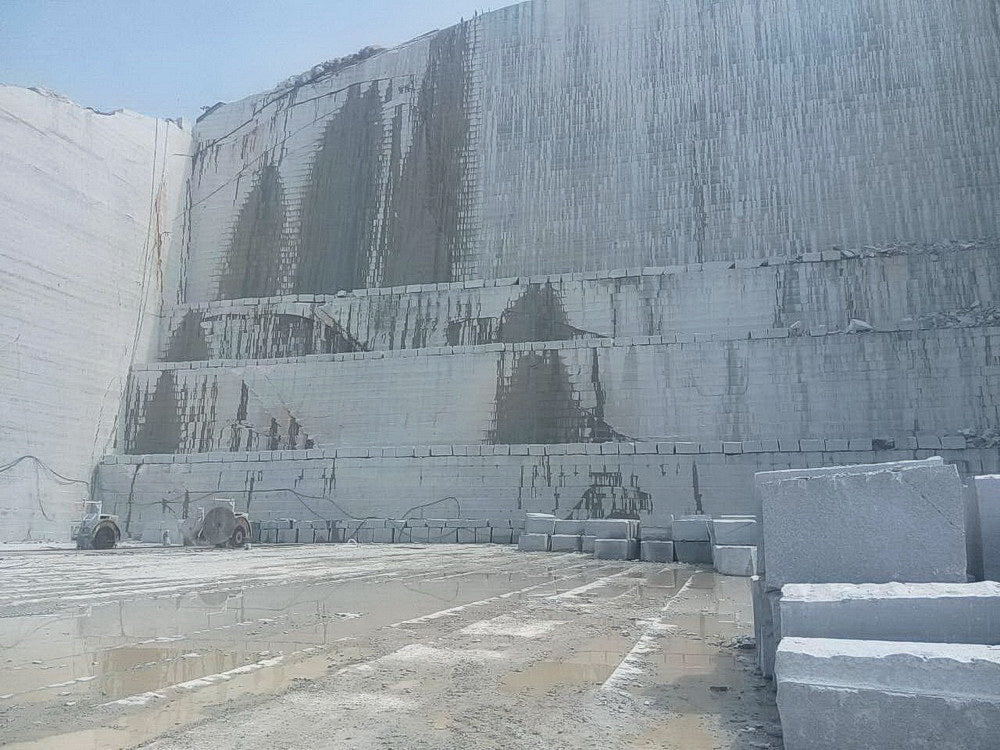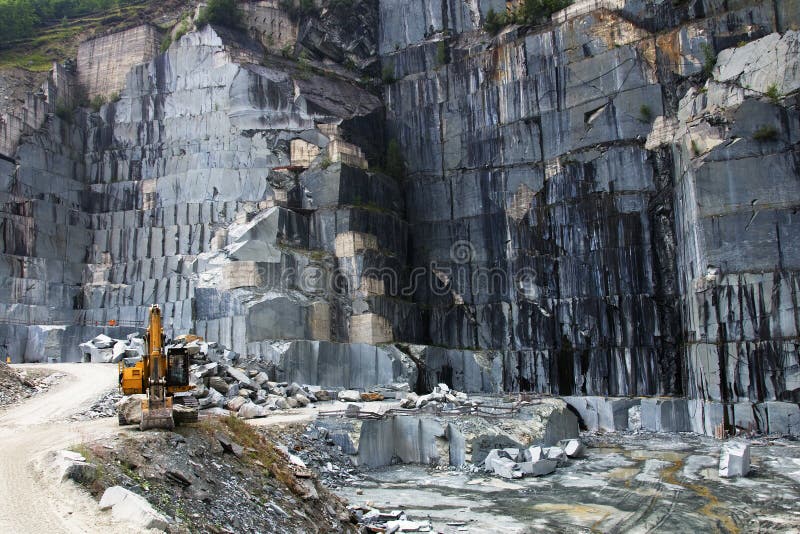Checking Out Granite Quarries in South Africa: A Comprehensive Overview
Checking Out Granite Quarries in South Africa: A Comprehensive Overview
Blog Article
Uncovering the Rich Background and Lasting Practices of Granite Quarrying
As we stand on the precipice of discovering the elaborate tapestry of granite quarrying, a trip with time reveals not just the physical act of extracting stone but also the cultural and historic importance woven into the extremely material of this technique. From the old beginnings that laid the structure for modern-day quarrying strategies to the sustainable practices that are forming the future of this sector, each chisel mark on granite surface areas informs a story waiting to be discovered (granite quarries in south africa). The tradition of granite quarrying stretches far past plain removal; it is a testament to human ingenuity, strength, and the enduring attraction of this magnificent rock
Ancient Beginnings of Granite Quarrying
Going back to ancient worlds, the technique of quarrying granite has actually been an indispensable component of human history and architectural development. The earliest evidence of granite quarrying dates back to ancient Egypt, where massive pyramids and detailed sculptures were crafted from this resilient stone. The Egyptians utilized primitive tools to extract granite blocks from quarries, showcasing the relevance of this product in their monumental constructions.
Progressing in background, the Greeks also made significant payments to the quarrying of granite. The Greeks made use of granite in different building marvels, such as holy places and statues, showing their skill in shaping and carving this hardy rock. The Romans further improved the techniques of quarrying granite, employing sophisticated devices like knives and hammers to essence and shape granite for their famous structures.
With the centuries, the technique of quarrying granite has developed, with contemporary innovations improving effectiveness while preserving the ageless allure of this natural rock - granite quarries in south africa. From old people to modern home builders, the tradition of granite quarrying proceeds to shape our globe
Development of Quarrying Methods
The evolution of quarrying methods has actually been marked by a constant development in the direction of greater efficiency and accuracy in extracting granite. From the primary techniques utilized by our ancestors to the innovative modern technologies made use of in modern quarrying procedures, the sector has actually undertaken substantial advancements. Early quarrying techniques involved manual work with fundamental devices such as blades, hammers, and wedges to remove granite blocks from the earth. As human beings proceeded, methods like fire-setting and primitive nitroglycerins were presented to assist in the extraction process.
Innovations in computer-controlled devices and 3D modeling have optimized quarrying operations, leading to marginal environmental influence and boosted sustainability methods. As the need for granite continues to increase, the evolution of quarrying techniques remains indispensable to meeting market requires efficiently and sustainably.
Social Significance of Granite
Granite holds an extensive social relevance across numerous human beings due to its long-lasting click here for more info existence in architectural work of arts and respected monuments. The social relevance of granite expands beyond its physical features; it personifies resilience, stability, and eternity, making it an icon of enduring traditions and traditions.

Sustainable Practices in Quarrying
In the middle of the abundant history of granite quarrying and its social importance exists a growing emphasis on sustainable techniques within the sector. As ecological awareness and problems regarding resource exhaustion have actually increased globally, the quarrying sector has increasingly welcomed lasting techniques to reduce its effect on the environment and bordering areas.

Furthermore, reclamation and rehab of quarry websites post-extraction are indispensable to lasting techniques. By recovering quarried areas to a natural or advantageous state, such as developing wildlife habitats or recreational areas, quarriers can counter the ecological footprint of their operations and add positively to the neighborhood environment.
Legacy of Granite Quarrying
With a historic backdrop soaked in workmanship and industrial progression, what sustaining influence has granite quarrying left on the landscape of modern culture? The heritage of granite quarrying transcends mere extraction techniques; it has formed architectural wonders, metropolitan landscapes, and cultural heritage worldwide. The resilient nature of granite has actually made it a recommended option for monuments, structures, and facilities, standing as a testament to the ability and creativity of quarry go now workers throughout you can try these out generations.
Additionally, the financial footprint of granite quarrying can not be overlooked. The market remains to supply employment opportunities and drive neighborhood economic climates in areas where granite extraction is prevalent. It has actually also spurred technical developments in quarrying techniques and equipment, causing more efficient and sustainable techniques.
In regards to sustainability, the heritage of granite quarrying consists of efforts to alleviate ecological impacts via recovery projects and liable source administration. By stabilizing economic rate of interests with ecological stewardship, the industry strives to make sure that future generations can proceed to take advantage of this long-lasting all-natural resource.
Conclusion

Report this page